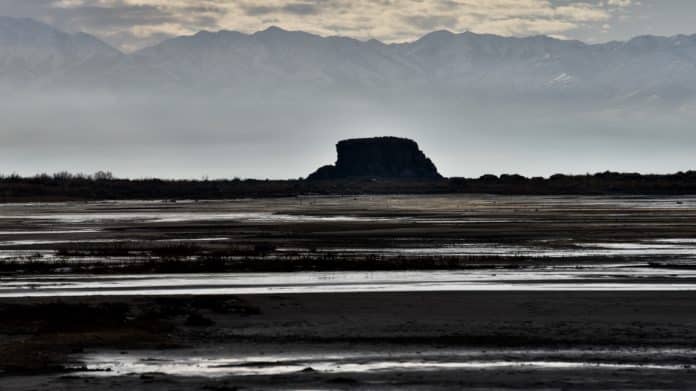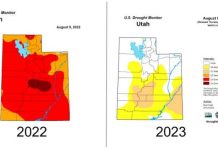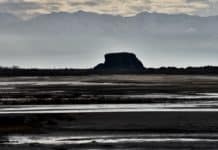SALT LAKE CITY, Utah, May 26, 2022 (Gephardt Daily) — As Utahns prepare to get outdoors for the Memorial Day weekend, state water officials are warning of fire danger created by dry conditions during the ongoing drought.
Roughly 99% of the state is experiencing “extreme” or “severe” drought conditions, the second- and third-worst categories in the U.S. Drought Monitor, according to the Utah Division of Water Resources.
“As we approach Memorial Day weekend, I urge residents to use good Fire Sense and check for impacts, such as boat ramp closures, before heading out to state parks,” Brian Steed, executive director of the Utah Department of Natural Resources, stated in a news release Thursday.
“When recreating at Utah’s beautiful reservoirs, remember, our reservoirs aren’t just for fun; they store our water and help get us through drought,” Steed said.
The state’s Fire Sense campaign encourages Utahns to use good judgement in the outdoors to prevent human-caused wildfires.
There have been 147 wildfires in Utah so far this year, according to the Utah Division of Water Resources report. Of those wildfires, 124 have been human-caused, the report states.
In April, Utah Gov. Spencer Cox declared a state of emergency due to the dire drought conditions affecting the state. Utah has experienced drought conditions in eight of the past 10 years, according to the governor’s office.
Other highlights from the Division of Water Resources drought report Thursday:
- The statewide snow water equivalent, or how much water would be in the snowpack if it melted, peaked at 12 inches. This is 75% of the typical median peak of 16 inches.
- Of the 98 measured streams, 47 are flowing below normal despite spring runoff, with six streams flowing at record-low conditions. Due to low snowpack, streamflows are expected to be lower than normal, meaning reservoirs won’t fill as they normally would.
- Eighteen of Utah’s largest 45 reservoirs are below 55% of available capacity. Overall statewide storage is 63% of capacity. At this time last year, reservoirs were about 67% of capacity.






